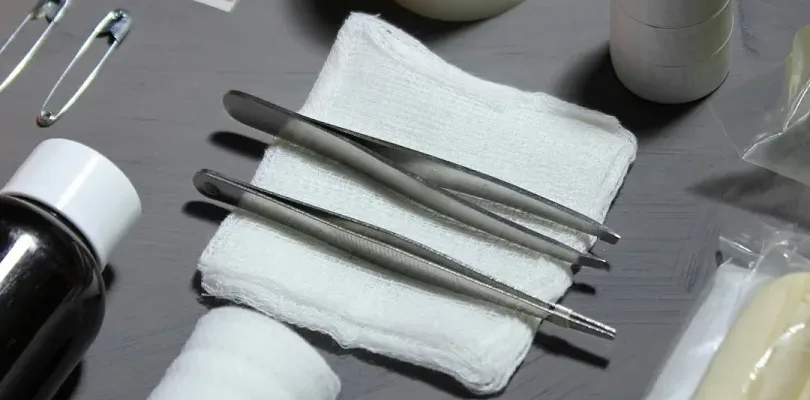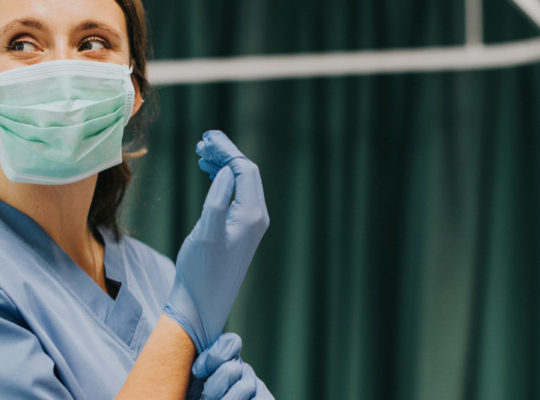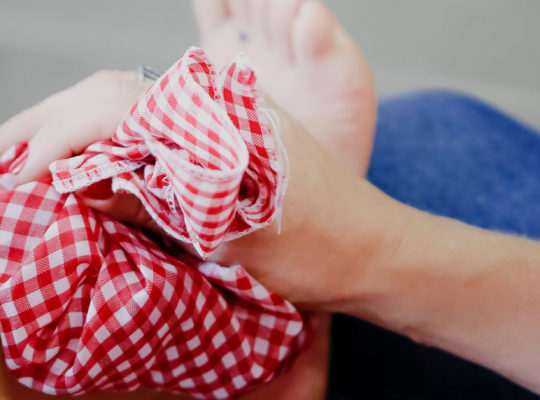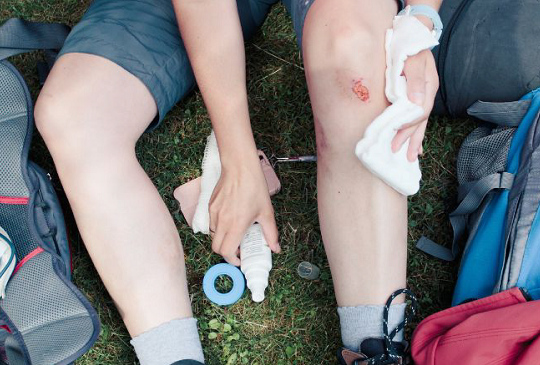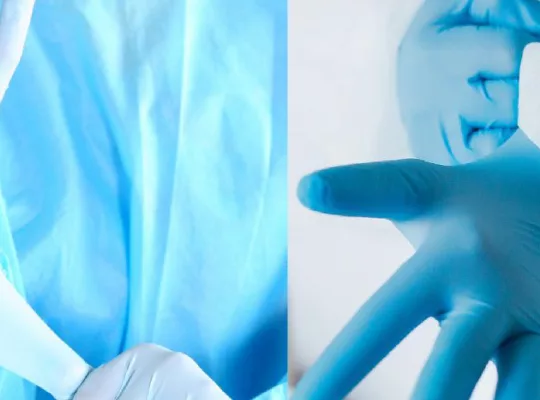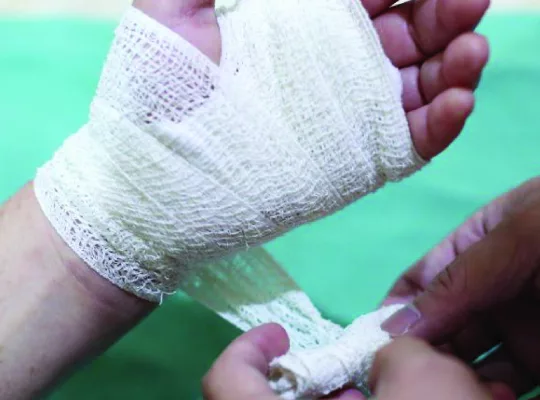Wound care is vital in medical treatment because it greatly influences healing and helps avoid further health issues. It’s important to understand the available wound care materials, especially the distinction between sterile vs. non-sterile gauze.
Proper wound care uses various materials tailored to aid healing and shield the wound. Key steps include cleaning the wound, removing damaged tissue, and applying the right dressings and bandages to promote recovery.
This article explains how sterile and non-sterile gauze differ, discussing their uses and benefits. It also covers other techniques like hydrocolloid and alginate dressings, along with negative pressure wound therapy. Knowing these options helps choose the best care for different wound types and healing stages.
Sterile vs. Non-Sterile Gauze
When it comes to taking care of wounds, the type of gauze selected is crucial. Both sterile and non-sterile gauze serve different purposes.
Sterile gauze is made from high-quality material specially treated to eliminate all germs, including bacteria and viruses. This ensures that the gauze does not harbor germs that could lead to infection or hinder healing. It is typically used to cover wounds or surgical incisions, providing a secure barrier to prevent infections in these delicate areas.
Non-sterile gauze is not sterilized to the same degree as sterile gauze. It is commonly used for injuries such as cuts or blisters. Due to its manufacturing process, non-sterile gauze is more affordable and readily available, making it a practical choice for most basic first aid requirements.
Choosing the Right Gauze for Different Wounds
Picking the right gauze for a wound is key to helping it heal well and avoid problems. The decision between sterile and non-sterile gauze depends on the wound’s type and seriousness.
Open wounds, surgical cuts, or injuries that break the skin need sterile gauze. This type of gauze blocks harmful germs and keeps the wound clean. Non-sterile gauze is enough for small cuts or scrapes, as these injuries have a low infection risk.
However, using non-sterile gauze on open wounds can introduce bacteria into the wound, which can cause infections and slow down healing. Similarly, using sterile gauze for small injuries might be more wasteful than needed.
A common mistake is thinking non-sterile gauze works for all wounds. While this type seems easier and cheaper, not using sterile gauze when needed can lead to infections and slow healing.
Step-by-Step Guide to Cleaning and Dressing Wounds
Taking care of wounds requires careful cleaning, dressing, and hygiene. This helps wounds to heal and stops infection. Here is how to do it right:
- Clean the Wound
- Wash hands well with soap and clean water before touching the wound.
- Gently clean the wound using saline or water and mild soap. This removes dirt and germs.
- Do not use hydrogen peroxide or harsh antiseptics. They can harm healthy tissue.
- Apply Gauze
- Dry the wound with a sterile gauze pad after cleaning.
- Pick the right gauze (sterile or non-sterile) for the wound type.
- Use antibiotic ointment or petroleum jelly if advised. This keeps the wound moist and aids healing.
- Put the gauze dressing on the wound. Make sure it fits well but is tight enough.
- Change the wound dressing as the doctor advises.
- Maintain Hygiene
- Wash hands often, especially before and after wound care.
- Ensure the wound area is clean and dry. Avoid dirt, water, and other germs.
- Look for infection signs like more redness, swelling, or pus. See a doctor if these signs appear.
Follow these steps and focus on the cleanliness of the room to reduce infection risk and help natural healing.
Alternative Wound Care Materials
Sterile and non-sterile gauze are common in wound care. Yet, some materials suit specific wounds better and improve healing.
Hydrocolloid dressings help keep wounds moist, which can aid healing and stop wounds from drying. They work well for shallow wounds and need fewer changes, but they are not good for very wet wounds or infected ones.
Foam dressings absorb a lot of fluid. They are soft, which helps protect pressure sores or wounds in high-friction areas. However, they are not suitable for dry wounds as they can dry out the area more.
Alginate dressings come from seaweed. They are best for very wet wounds because they soak up extra fluid and keep wounds moist. However, they may need changing more often and are not good for dry or slightly wet wounds.
Gauze is widely used but exploring these other options can better support healing. Each material offers benefits for different wound types.
Advanced Wound Care Tips
Proper wound care is essential, but there are additional steps that can help with wound healing. Eating well is key, as a diet full of protein, vitamins, and minerals helps repair tissue and lowers the chance of problems. It’s important to drink plenty of water, too.
Regular checks with healthcare professionals are vital. They can monitor the healing, look for signs of infection, and change the treatment if needed. Catching issues early can stop them from getting worse, which leads to quicker and easier recovery.
It’s also essential to follow all doctor’s orders. This might include keeping the wound elevated, not doing hard activities, or taking certain medicines. These steps reduce stress on the wound and make the best setting for healing. Combining good wound care with these extra steps boosts healing chances.
The Path to Optimal Wound Healing
Healing a wound right means choosing the best materials. This guide has shown the key differences between sterile and non-sterile gauze. It has also shown when and how to use each type.
Sterile gauze is best for open wounds. It keeps the area clean and free from infection, helping wound healing happen smoothly. But not every wound needs sterile gauze. For minor cuts and scrapes, non-sterile gauze works well. It’s cheaper but still offers excellent protection.
Always look at how bad the wound is to make the right choice. It’s wise to get advice from a doctor for serious wounds or if problems last. Doctors know best what to do to heal well and avoid more trouble.

